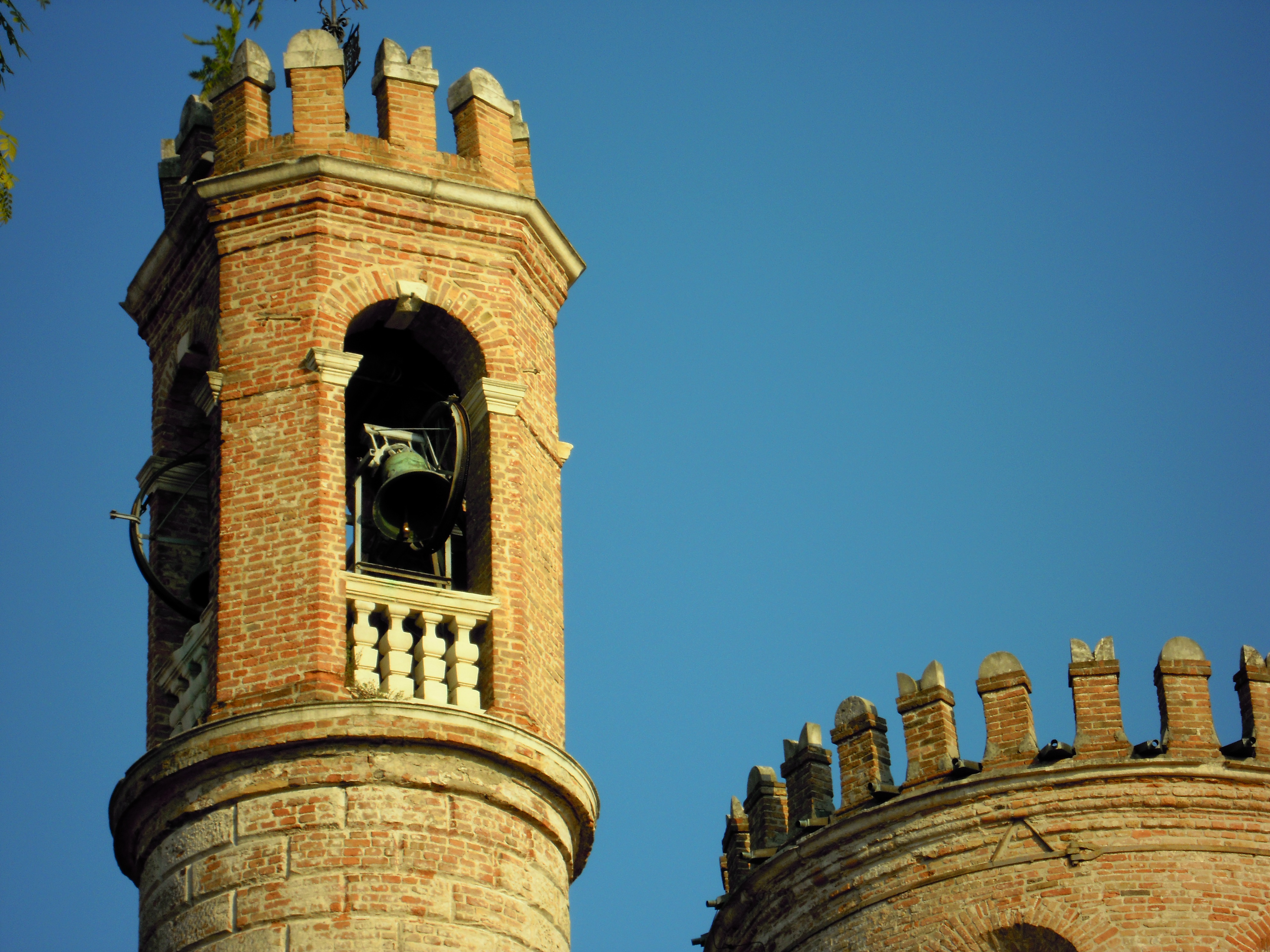In the garden around the UN headquarters in New York there is a Japanese-style bell. It is the Peace Bell. It was donated by the Japanese Chiyoji Nakagawa in 1954. Nakagawa collected gold coins from all over the world and melted them into a single bell that would be “a symbol of hope for world peace by all humankind, regardless of nationality, race, political ideology or religion”. At the base of the structure, soil from Hiroshima and Nagasaki, the two cities destroyed by atomic bombs in 1945, has been interred. Since 1954, the bell has been rung on September 21st, International Peace Day, and – for the past few years – also on March 21st, Earth Day. Nakagawa’s intention was that the bell would be rung every day when there were no conflicts in the world. This never happened!
These weeks our newspapers are full of articles about the war in Ukraine. This is a war that attracts attention: it is in Europe, where there was hope for a lasting peace after the tragedy of the Second World War; it involves rich nations and has an impact on the world economy. But how many conflicts have been going on for years and causing untold destruction and loss of human life?
In this chapter, Pope Francis reminds us that peace is a process, not a lasting achievement. Peace requires the formation of people; and this can only be achieved only by involving the population, not just a small group of people. Education for peace means, first of all, rediscovering one’s own history, and the history of others. It is disheartening to see how many young Europeans do not know the events that led to the Second World War, with the drama of the Shoah (the genocide of people of Jewish faith), but also the massacres against all minorities and the disabled. When this history is not shared, it is easy for it to be repeated. It is not by chance that we see in Europe the resurgence of neo-Nazi groups, extreme right-wing parties and a renewed interest in the dictators who engineered the pre-conflict regimes. The same can be said of many other situations on other continents.
If peace is the result of a process, Christian communities are called to be true peacemakers. In commenting on the first chapter of Fratelli tutti, I wrote that “the biblical shalom indicates the social situation in which each person can realise his or her full potential, using his or her own talents and drawing on common resources. The biblical shalom requires a true community journey to achieve social justice, the equitable distribution of resources, a true personal space in which the individual person can mature in personal fulfilment and personal relationships”. The Christian community must be aware of this biblical perspective. It must also be aware that the gospel has demands for the transformation of society that cannot be ignored.
Peace also requires an ecumenical effort. This is a value dear to Islam, but also to Hinduism, Traditional African Religion, and many other traditions. Faith communities can truly come together and become peacemakers. This may seem utopian, but at the same time it is a project that history requires us to consider.
It is not by chance that Pope Francis wrote “I ask Christians who remain hesitant on this point, and those tempted to yield to violence in any form, to keep in mind the words of the book of Isaiah: “They shall beat their swords into plowshares” (2:4). For us, this prophecy took flesh in Christ Jesus who, seeing a disciple tempted to violence, said firmly: “Put your sword back into its place; for all who take the sword will perish by the sword” (Mt 26:52). These words echoed the ancient warning: “I will require a reckoning for human life. Whoever sheds the blood of a man, by man shall his blood be shed” (Gen 9:5-6). Jesus’ reaction, which sprang from his heart, bridges the gap of the centuries and reaches the present as an enduring appeal” (FT 270).



